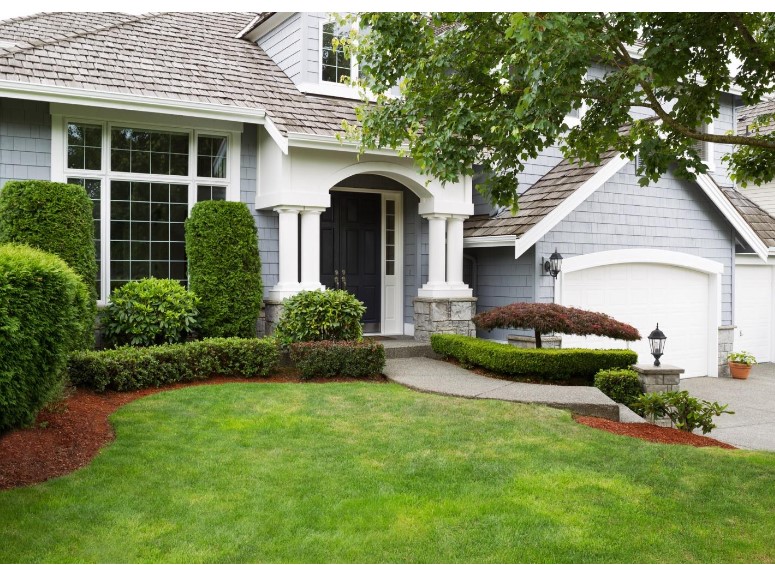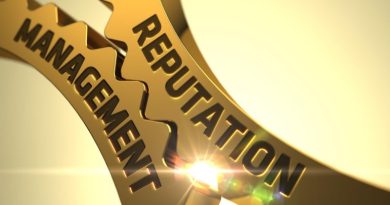Calculating Total Ownership Costs: The True Value of Owning an Asset
Are you thinking about purchasing an asset?
It’s a fantastic idea. Owning an asset provides one of the best financial services for managing personal finances. They produce income, which increases your overall financial security and stability.
Like any other endeavor, purchasing an asset has several financial responsibilities. To make the best decision for your overall future, consider the total ownership costs. You can find all these expenses below.
Continue reading to learn more about calculating the true value of owning an asset.
Beyond the Upfront Cost
When calculating the total cost of ownership for an asset, it is important to look beyond the upfront cost and examine the true value of ownership. Ownership costs include the following:
- Maintenance and repair
- Taxes and fees
- Supplies and consumables
- Depreciation
- Capital costs
- Operating losses
Once ownership costs are taken into account, the true value of the asset is revealed. Ownership costs are typically hidden in the long term, sometimes leading to costly surprises that could have been prevented with proper planning.
Ownership costs should be taken into account when making decisions and budgeting for an asset, taking into account both the initial and lifelong costs of ownership.
Maintenance Expenses
All maintenance expenses associated with that asset must be taken into consideration when calculating the cost of ownership. This can include the following:
- Labor costs
- Material costs
- Infrastructure costs
The costs associated with safety inspections, regulatory compliance, and system upgrades should all factor into the total cost. The total cost of ownership helps to identify the financial impact of ownership and management of an asset over the life of the asset.
Insurance Premiums
Each asset comes with its coverage requirements. Understanding the details of your insurance policy is an essential part of knowing the cost of ownership of that asset. You should also factor in the amount your insurance provider will reimburse you for any losses due to theft or damage.
When calculating Total Ownership Costs, all these factors should be taken into account so you can accurately assess the true value of owning the asset. To learn more about this, you can enroll and visit websites that offer more on PSA training.
Operating Expenses
When it comes to calculating the total ownership costs of an asset, operating expenses should be taken into consideration. Operating expenses are the regular costs associated with operating the asset, such as:
- Maintenance costs
- Staffing costs
- License fees
- Advertising
All these costs need to be weighed against the total estimated market value of the asset. If the total cost is more than the estimated market value of an asset, then it is advisable not to buy the asset.
Depreciation and Financing Costs
Assets tend to lose value over time due to wear and tear or technological advancements. This depreciation should be considered when estimating the asset’s future value and planning for potential resale or replacement. Financing costs, such as interest payments on loans, should be factored in to understand the true cost of ownership.
Learn to Calculate Total Ownership Costs
Owning an asset gives you much more than just the initial purchase price. Calculating the true total ownership costs is critical in understanding the full economic value of an asset.
Get in touch with a financial adviser to learn more about calculating and managing the total cost of ownership for your assets.
Did you enjoy reading this article? Browse our page for more interesting topics.









